Gerhard by Richard Nadler and Leander Herzog tempted me to write about it from the day it was released in the summer of 2022. But I was intimidated by its lack of structure, its random colors, and its constantly changing live view. The project felt like a heavy, serious book sitting on my bedside table for months before I would finally dare to start reading it.
Once I dove in, though, Gerhard felt more like binge-watching my favorite Netflix show than like working through War and Peace. In the end, I have found the project to be a profound visual commentary on the state of the world we live in and on humanity's role in it.
The title is a reference to Gerhard Richter: a German painter who has created a vast portfolio of abstract and photorealistic works over the decades, and who remains active in his nineties today. Richard Nadler and Leander Herzog’s project draw specifically on Richter’s abstract oil paintings from the 1980s and 1990s:
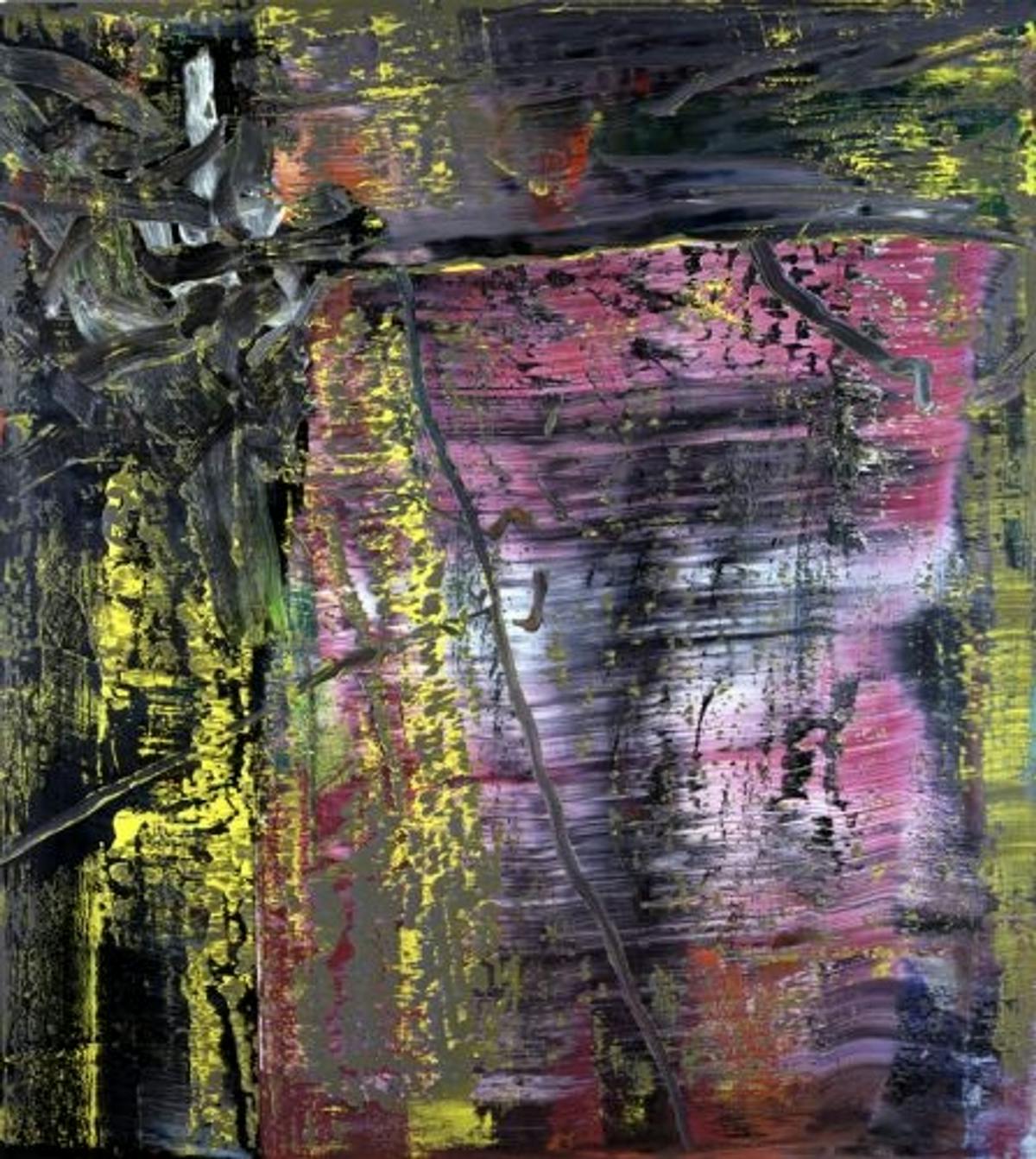
Gerhard Richter. Abstraktes Bild Violet. 1986.
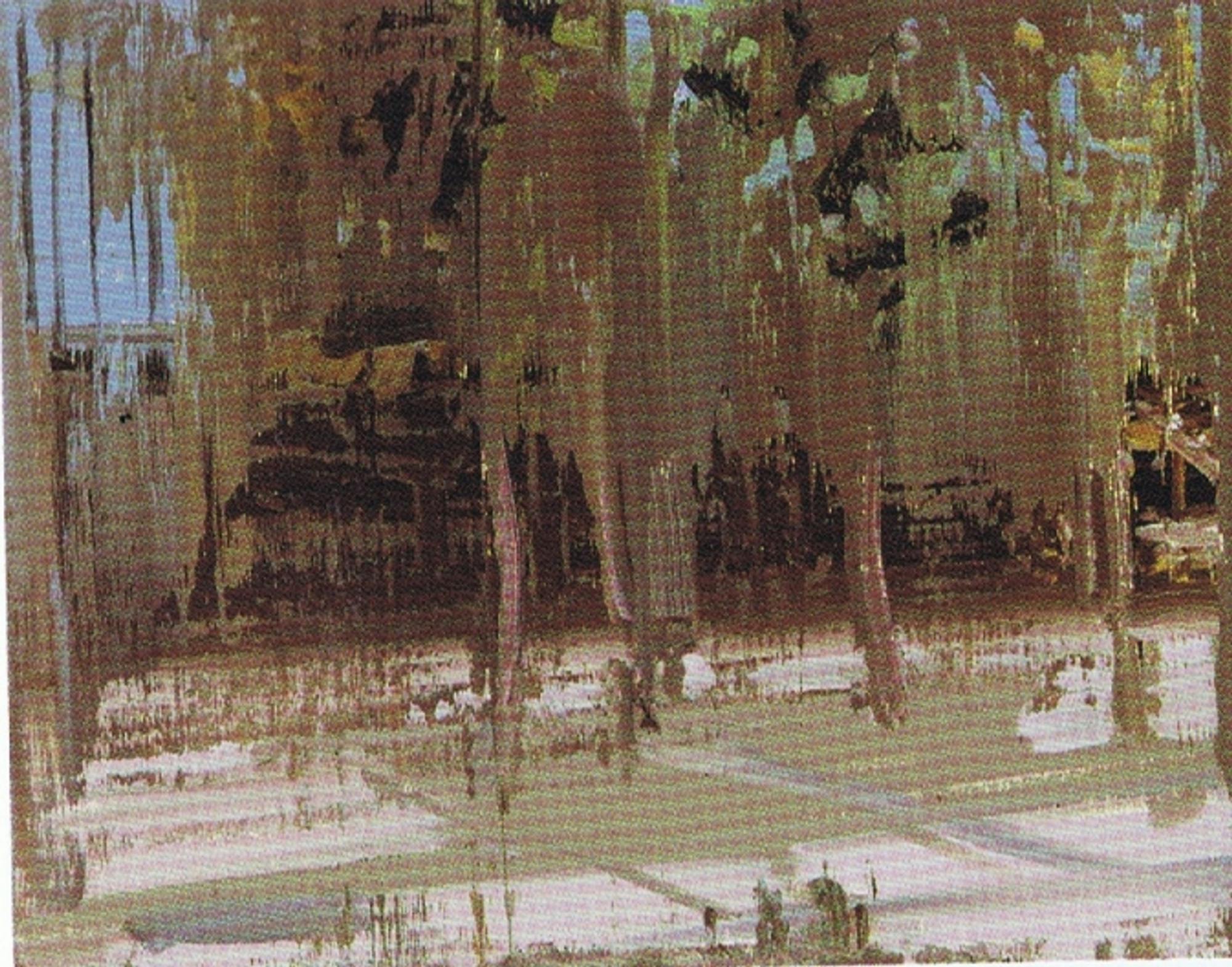
Gerhard Richter. Abstraktes Bild 713-6. 1990.
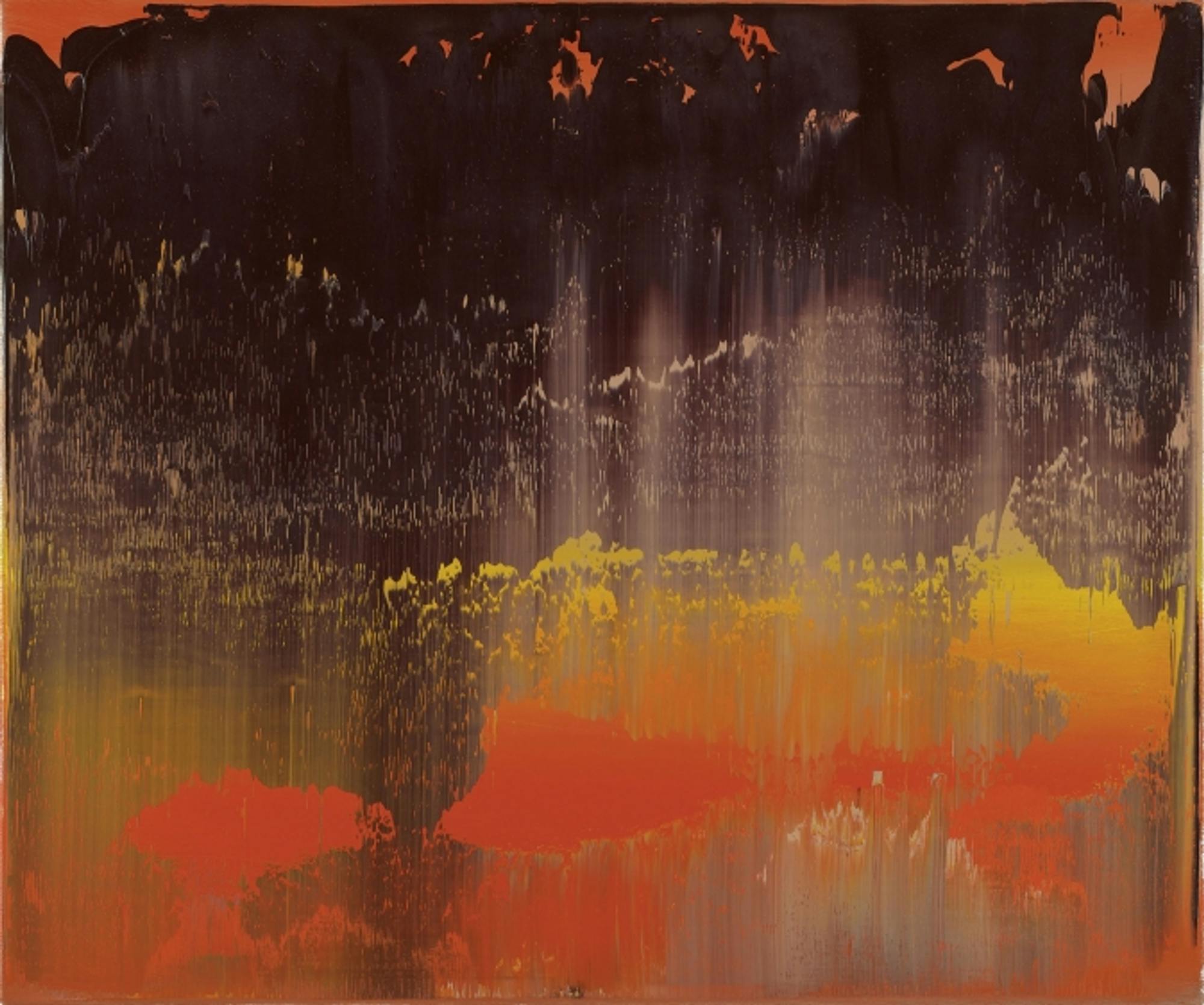
Gerhard Richter. Abstraktes Bild 825-9. 1995.
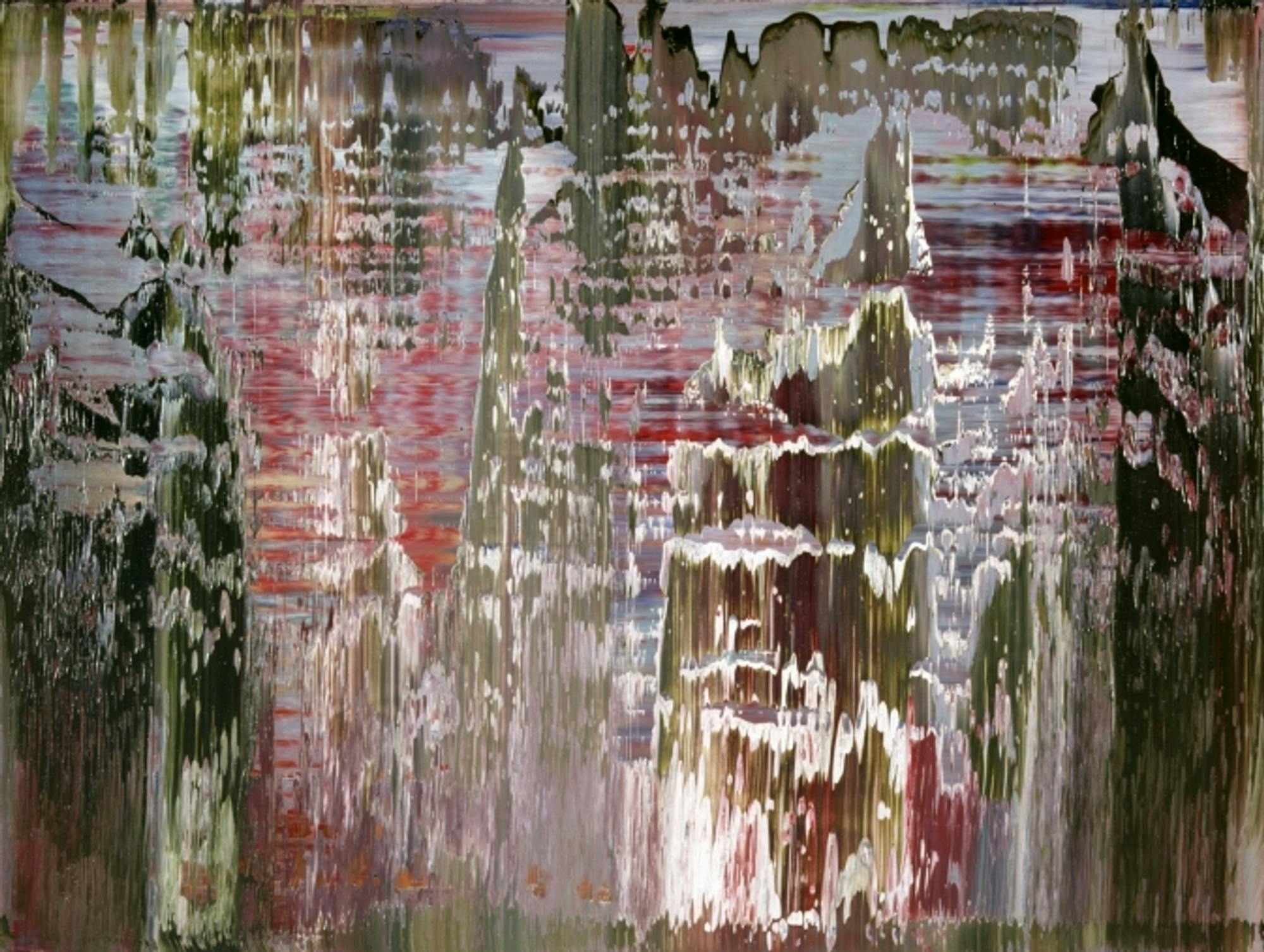
Gerhard Richter. Abstraktes Bild 829-6. 1995.
Richard Nadler and Leander Herzog have also noted that they were inspired by the work of American abstract impressionist Clyfford Still. Still’s paintings—which preceded Richter's by forty years—also show the same jagged color borders as some of Gerhard outputs and Richter's abstract pieces.
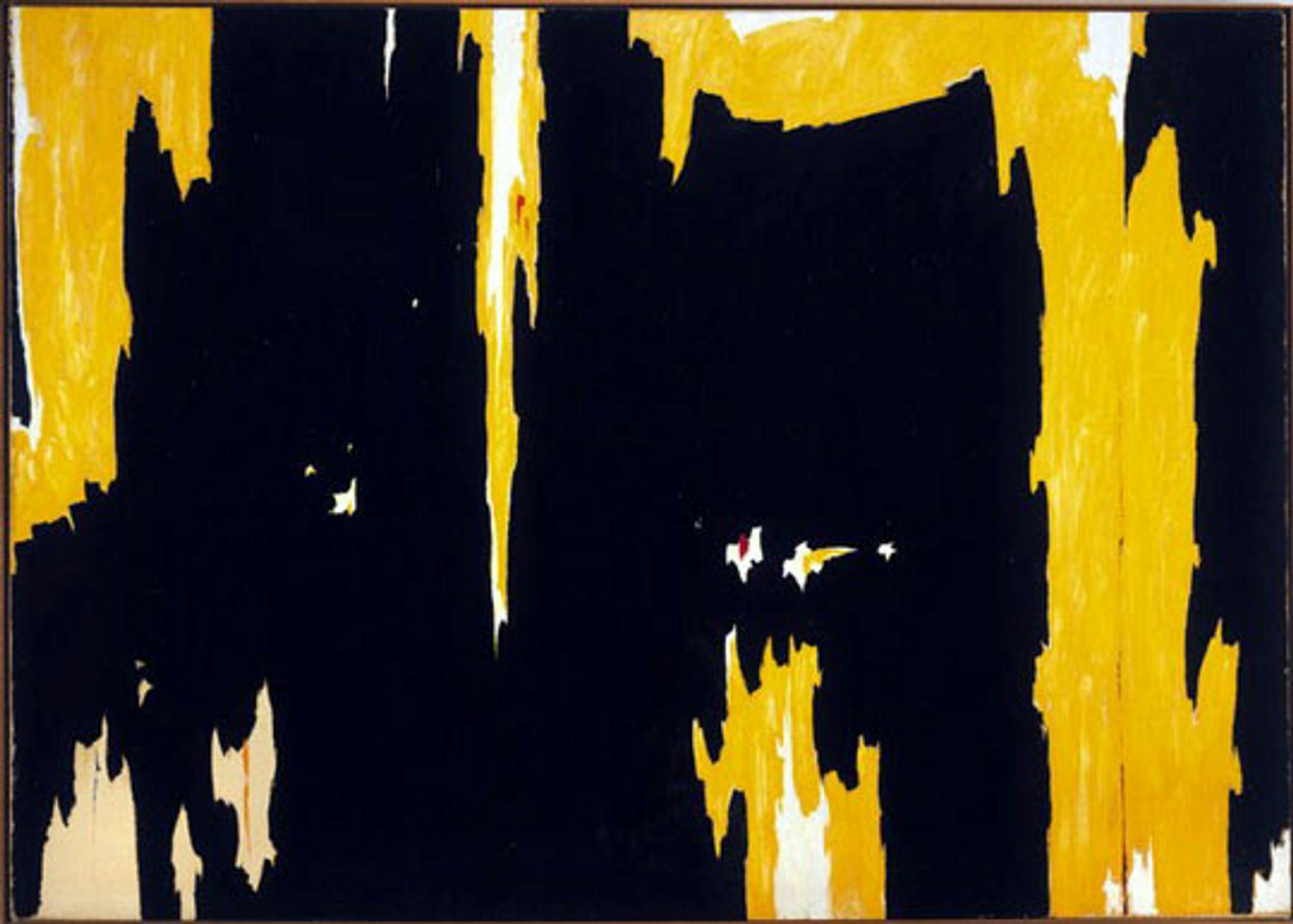
Cylfford Still. 1957-D No. 1. 1957. Buffalo AKG Art Museum.
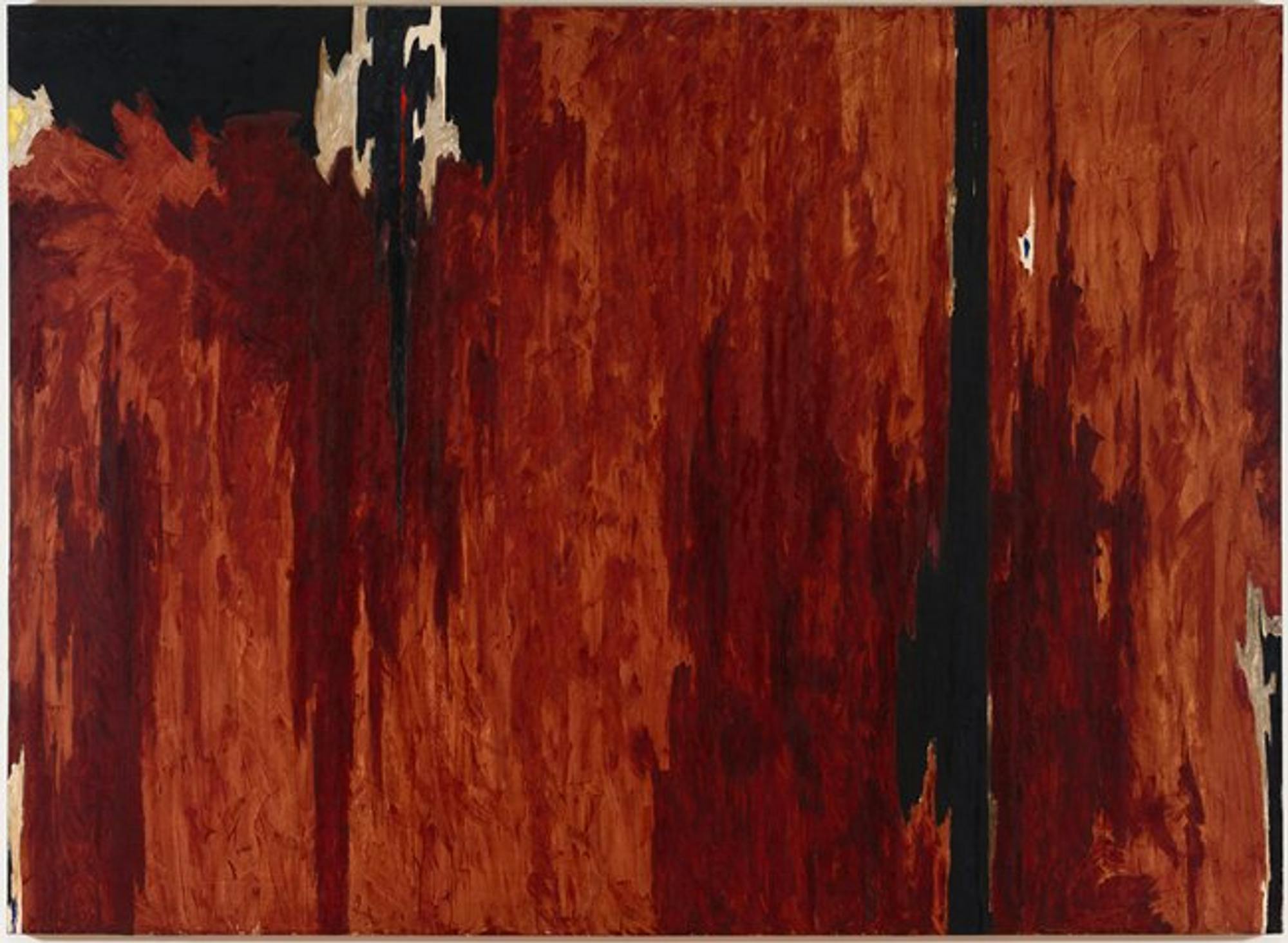
Clyfford Still. Untitled. 1951 - 1952. San Francisco Museum of Modern Art.
As I explored Gerhard, I immediately noticed the visual connection to Gerhard Richter’s work. But Richard Nadler and Leander Herzog have also explained that the title refers to their process of creating the images as well. To help viewers understand the connection, the artists linked to a video showing Gerhard Richter's painting process in their project’s source code.
After I watched the video, the reference became very clear. Gerhard Richter created his artworks by adding layer on layer of oil paint on a large canvas or aluminium plate, methodically scraping away the topmost layer with a large board.
In the Gerhard project description, Richard Nadler and Leander Herzog write that the images are "based on multiple layers of color and data." The layers are "mixed, moved and painted over in realtime. Some fragments stick to the canvas while others get discarded to leave the existing layers visible, allowing a complex surface to emerge and build up over time."
Gerhard's outputs are textures created by Richard Nadler, then modified by code created by Leander Herzog. That code continuously adds layers and partially discards new pixels—a digital update to Richter's painting process. As the process unfolds, the viewer sees visual fields that directly evoke Gerhard Richter’s abstract paintings.
There are five hundred editions of Gerhard, but each is an endless display of variations of itself, and something I could keep watching for a long time. The animated images of vibrantly colored noise flow like streams of water or clouds – or jitter and shimmer like gasoline in a puddle. Some stay constant for long moments, while others continue to morph and change.
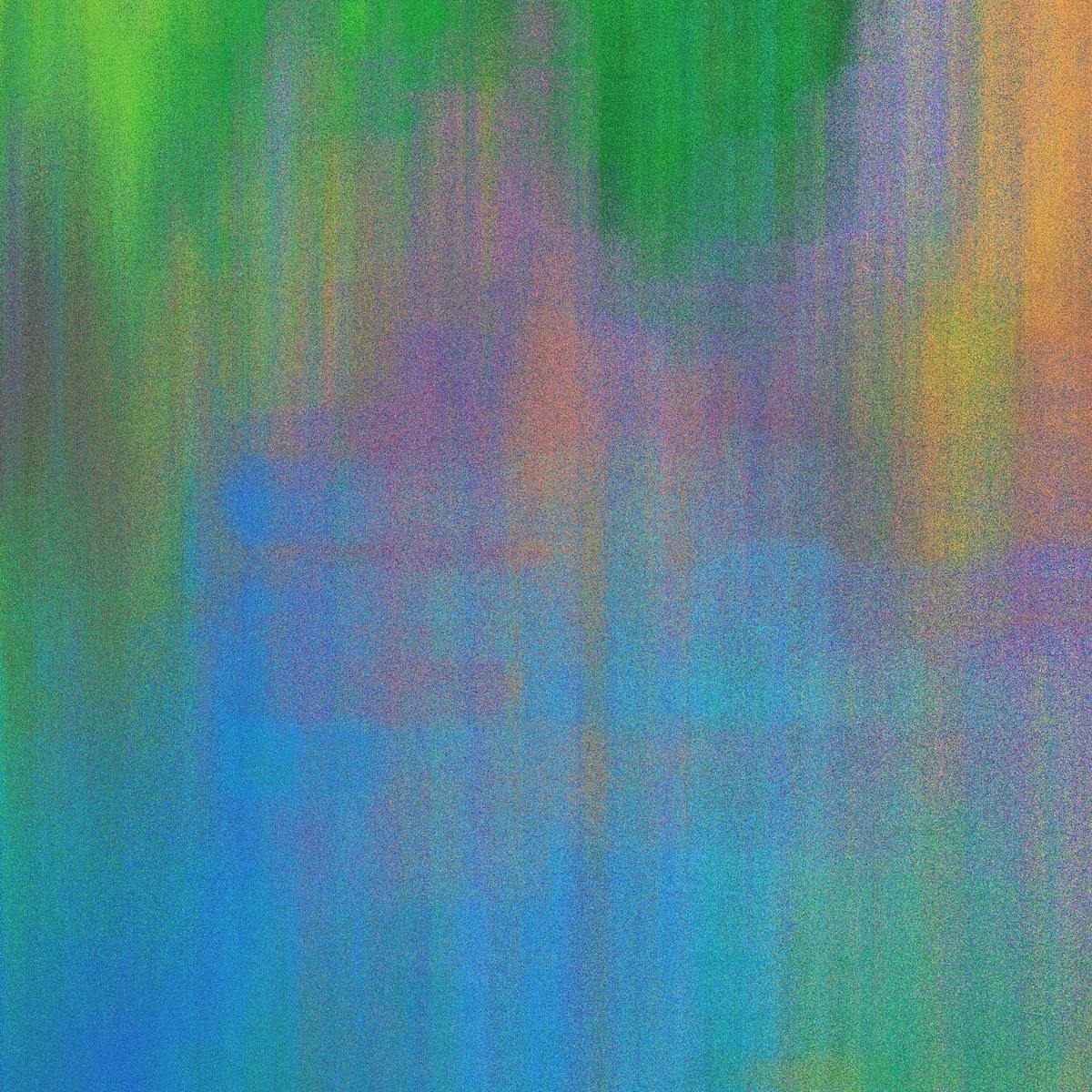
Gerhard #70
Most strikingly, within a few seconds, the character of each output can change—as the preview images are merely snapshots of a continuous generative process. One of the artists stated that they'd rather have each iteration be a complex artwork on its own, and we can see the result of this creative goal in each individual piece.
In the project's description, the artists place their abstract work in opposition to concrete threats of our age: the emerging climate catastrophe, war, and the excesses of capitalism. Are the toxic neon colors and dirty browns intentional? What about the visual erosion signifying the degradation of our world through the forces we have unleashed? Is the flood of pixels each user unleashes with a click on the canvas a symbol of our role in the destruction of our world?
If so, then there is also hope in the images and animations of Gerhard, as some iterations cycle into variants that remind me of sparkling mountain streams, blue skies and clouds, and even the aurora borealis. Perhaps these transient, beautiful scenes can be seen as reminders of the beauty of our world that is at stake right now, or as promises of a better time when mankind has overcome crises.
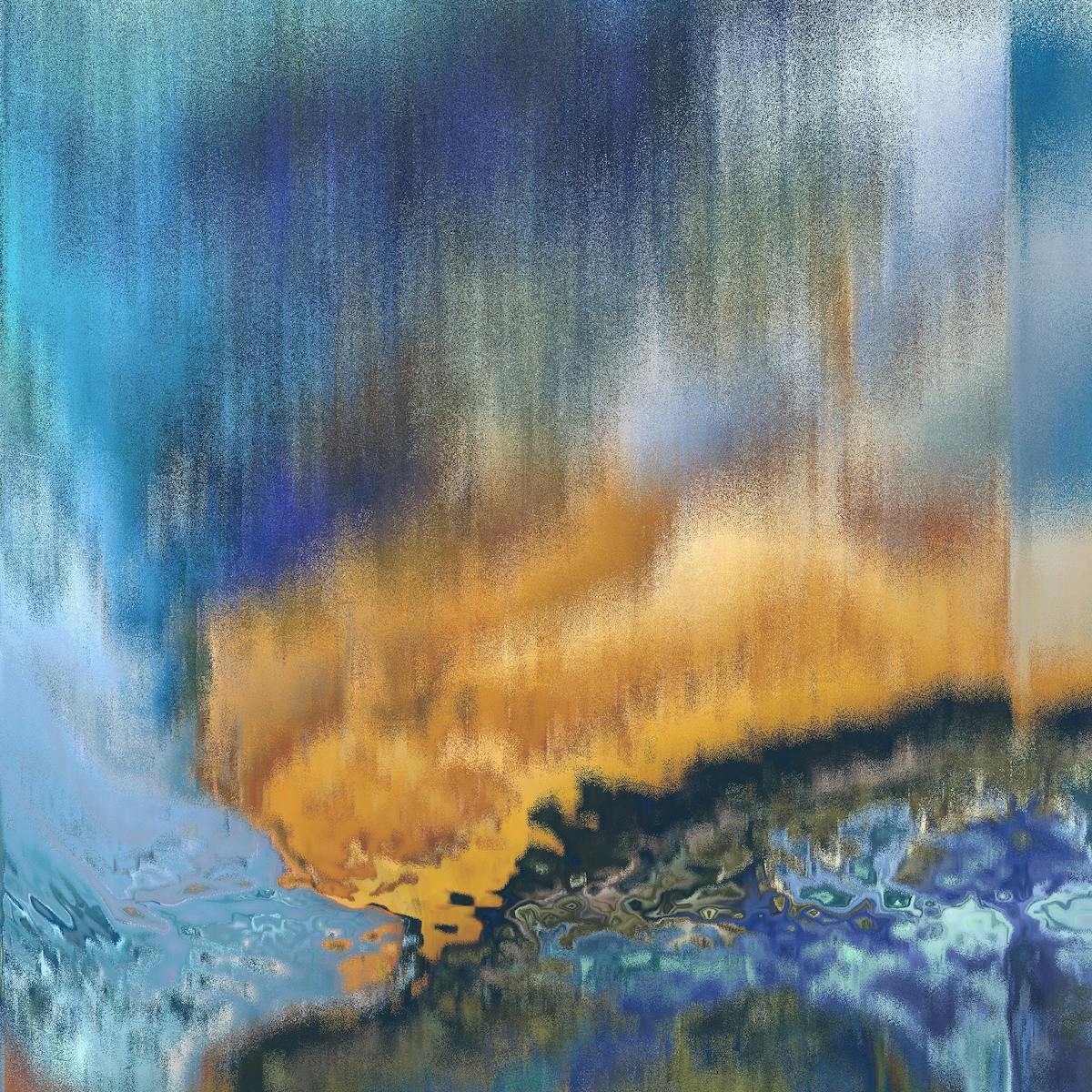
Gerhard #416
Some might see Gerhard purely as an abstract, code-based visual artwork that longs to be watched – and even that lends itself to a range of emotional interpretations. But I choose to see it as a critical visual commentary on the state of the world we live in, and I’m thankful that I made time to explore it.